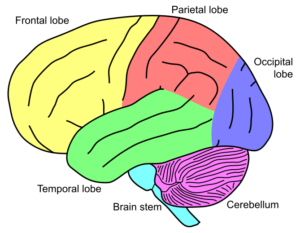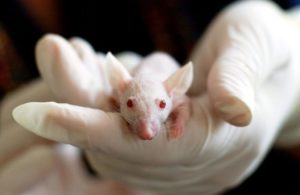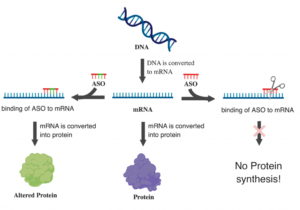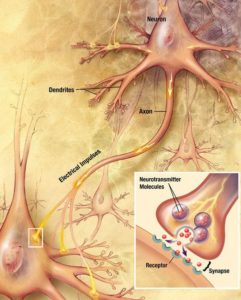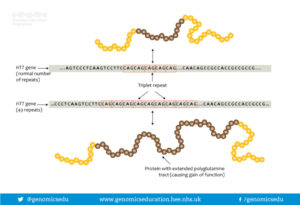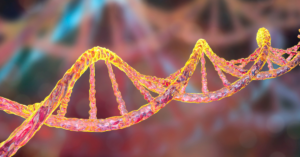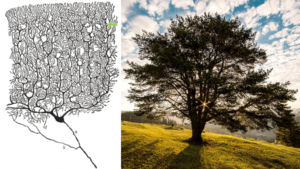Snapshot: What is a biomarker?
A biomarker is any biological-based measurement that provides useful information regarding a person’s health. For example, blood test results showing increased glucose levels can be used as a biomarker for diabetes. A blood test showing an increased white blood cell count is a biomarker for infection. There are many sources of Read More…



